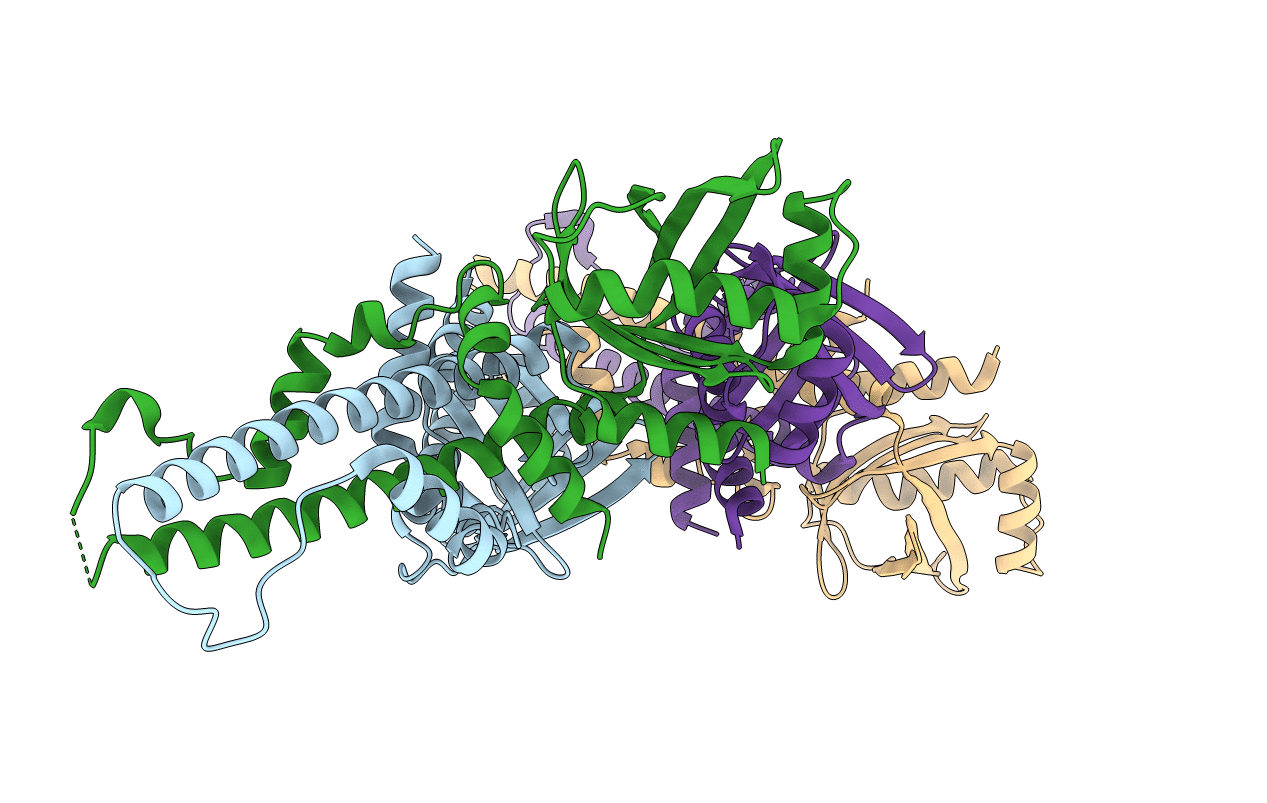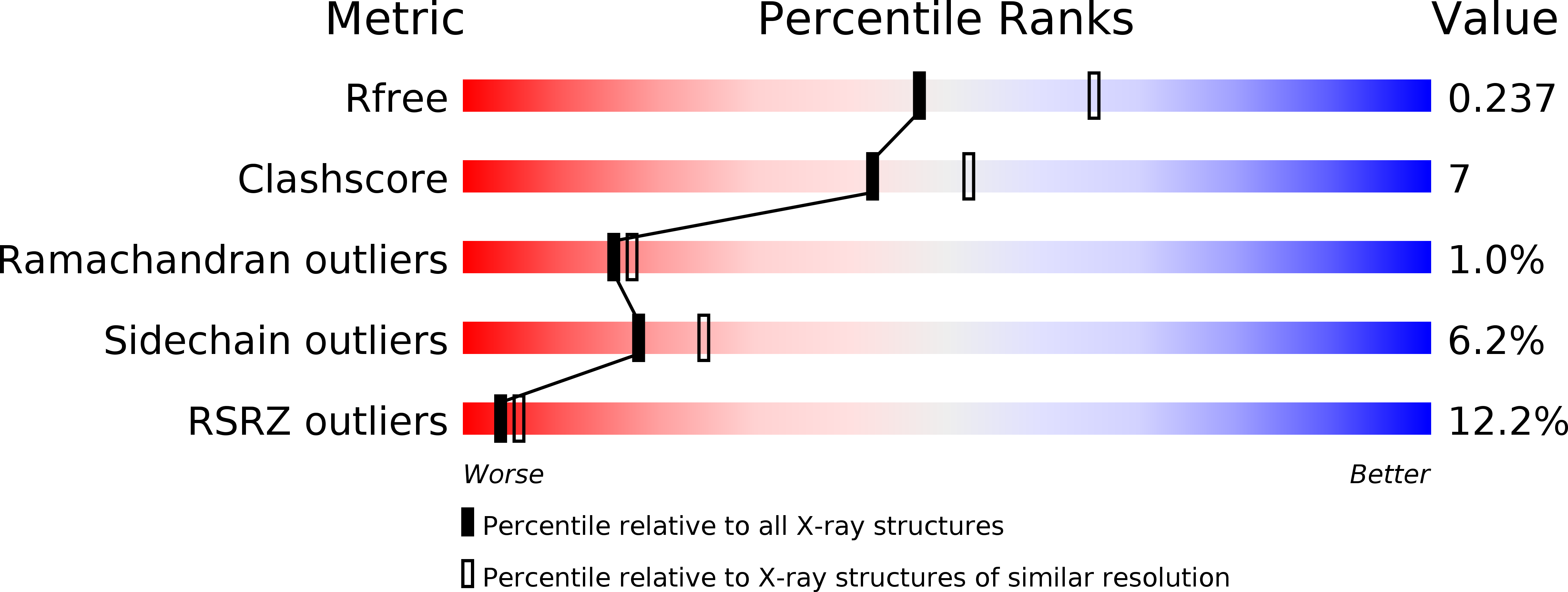
Deposition Date
2007-07-14
Release Date
2007-12-11
Last Version Date
2024-10-30
Entry Detail
PDB ID:
2QM4
Keywords:
Title:
Crystal structure of human XLF/Cernunnos, a non-homologous end-joining factor
Biological Source:
Source Organism:
Homo sapiens (Taxon ID: 9606)
Host Organism:
Method Details:
Experimental Method:
Resolution:
2.30 Å
R-Value Free:
0.23
R-Value Work:
0.18
R-Value Observed:
0.18
Space Group:
P 1 21 1


